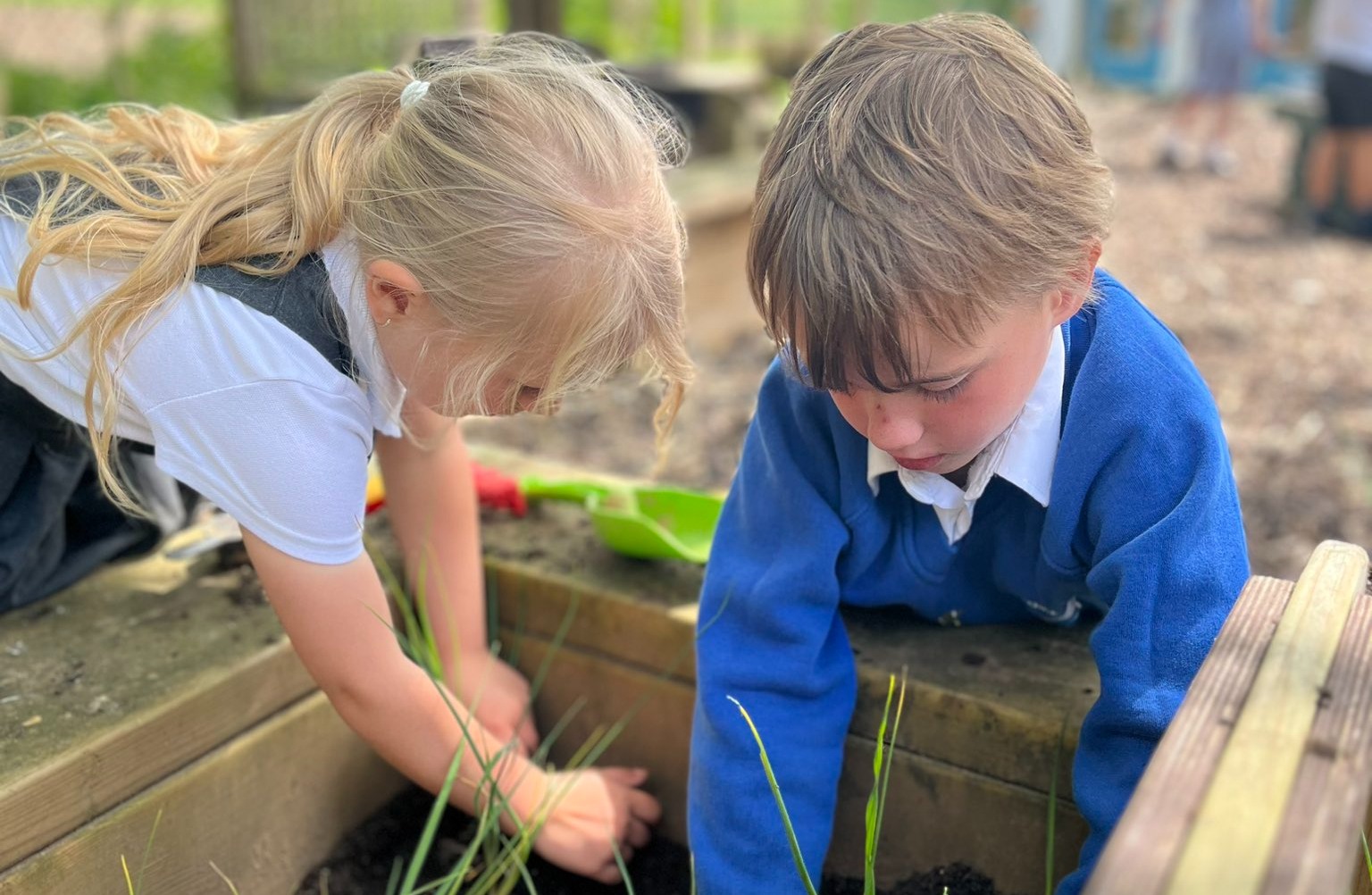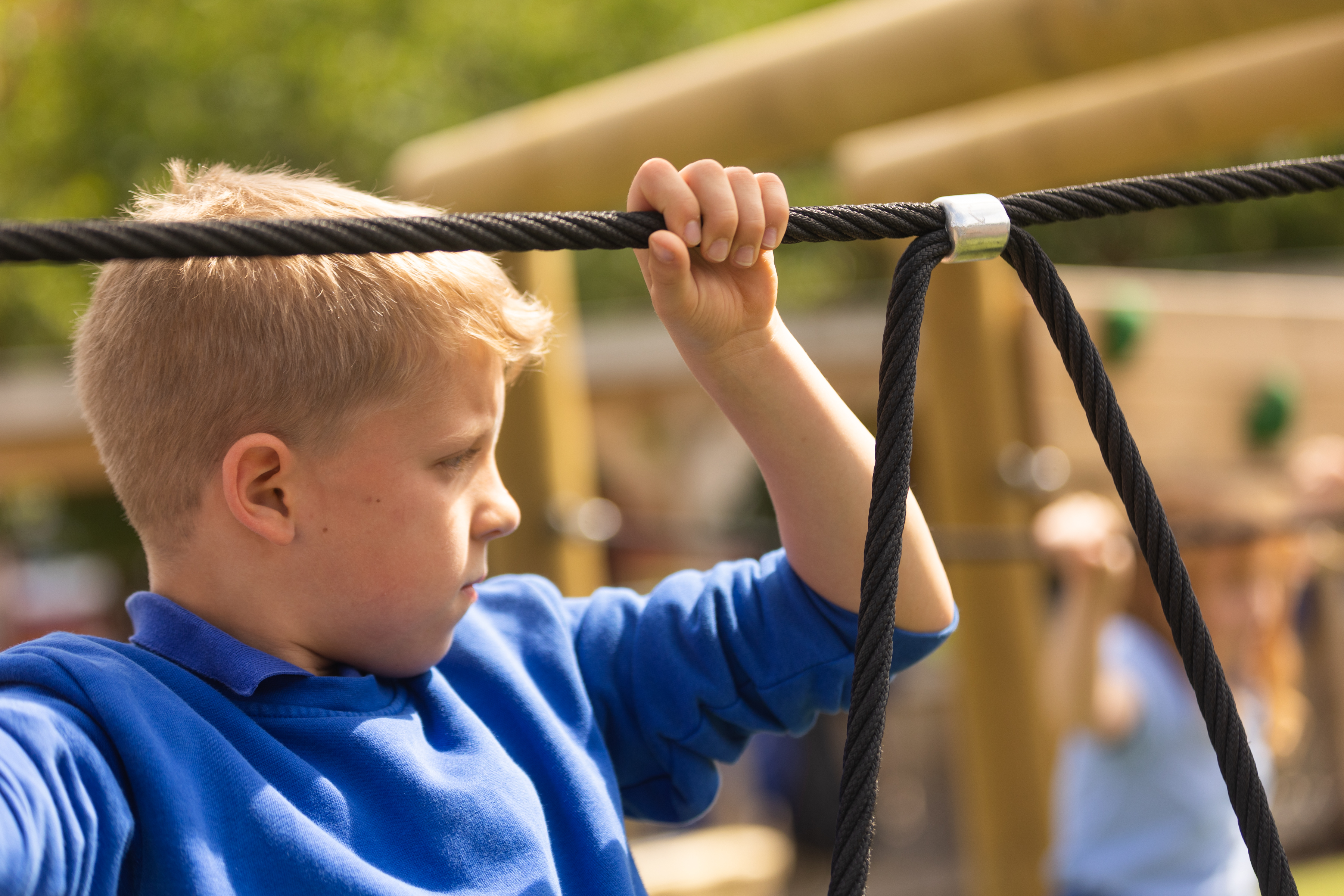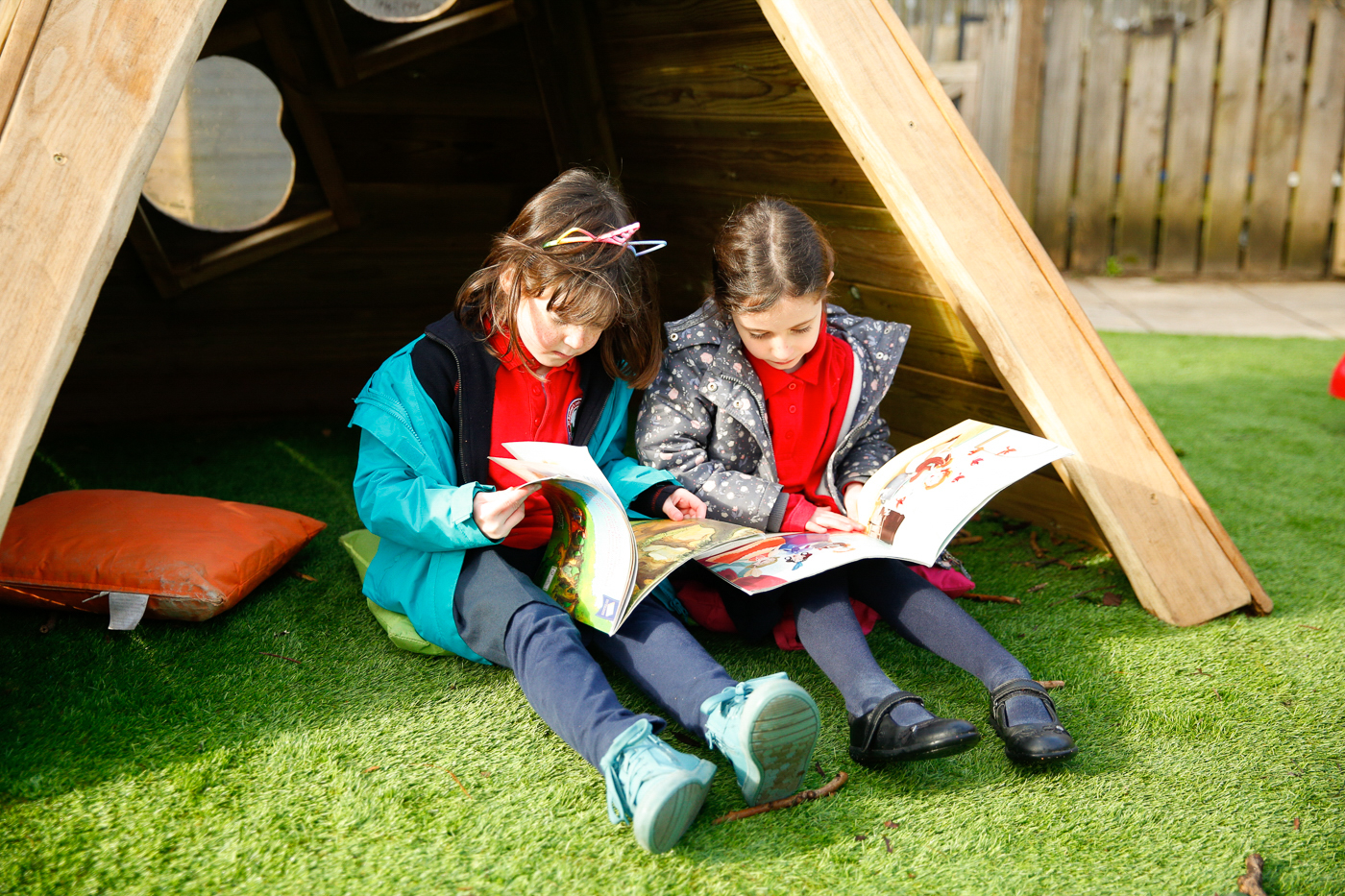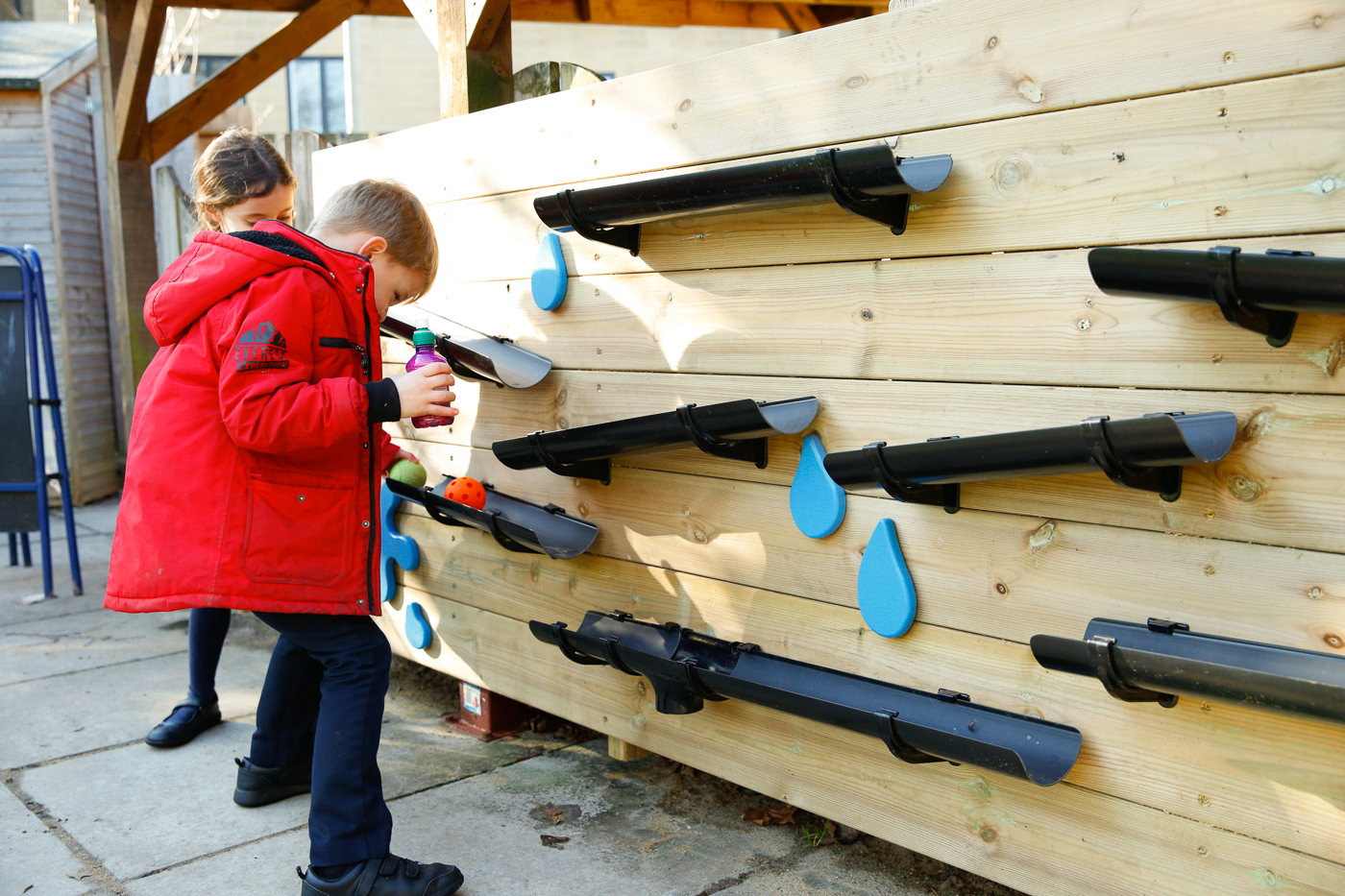In an age dominated by screens and indoor activities, the importance of connecting children with nature has become even more important. One way to encourage children outside is by incorporating nature into your playground.
These green, nature-inspired spaces offer numerous benefits for children's physical, mental, and emotional development. In this blog, we will explore the advantages of incorporating nature into school playground and how you can do it.
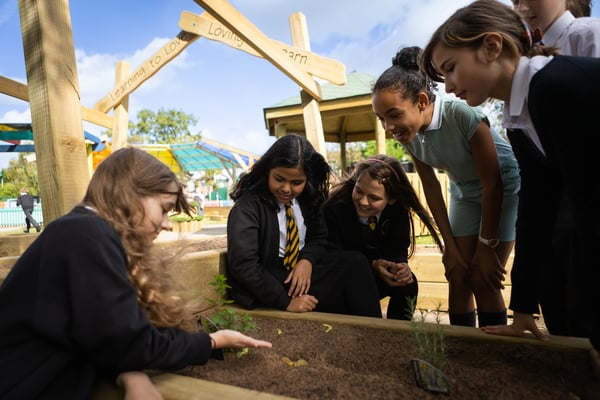
Physical Health and Development
Spending time outdoors in the fresh air is great for everyone’s health. Encouraging children to help with the set up and maintenance of your nature area can include digging, planting, lifting logs, building rockeries, pushing wheelbarrows and generally involved. All of these activities will get their hearts pumping!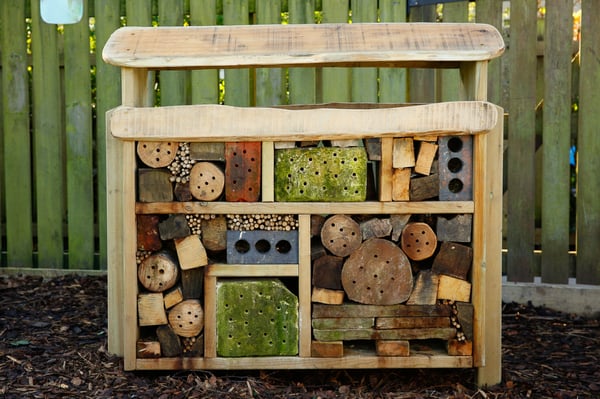
Cognitive Development
Nature-rich school playgrounds can stimulate cognitive development in children. Studies have shown that exposure to nature and natural elements can enhance cognitive functioning, including problem-solving skills, creativity, and attention span. When children interact with natural materials like mud, water, or leaves, they engage in sensory exploration and imaginative play.
Stress Reduction and Mental Well-Being
Nature has a calming and therapeutic effect on individuals, and the same applies to children. Exposure to green spaces, even within the school playground, can reduce stress levels and promote mental well-being. Children who play in nature-rich environments tend to experience lower levels of stress and improved emotional regulation.
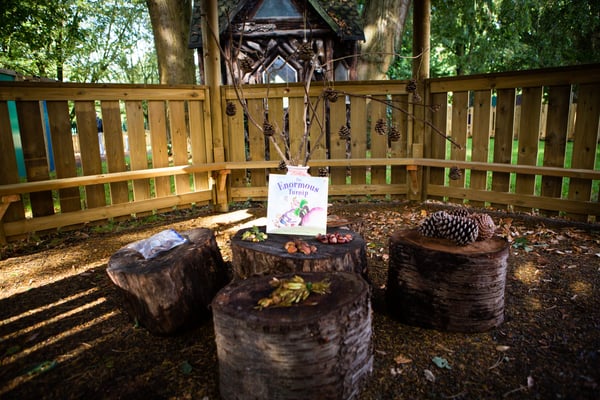
Social and Emotional Development
When children play in these biodiverse settings, they often engage in collaborative activities such as building hedgehog houses and planting bulbs or working together on nature-inspired projects. These interactions encourage teamwork, cooperation, and the development of essential social skills.
Children learn about the importance of caring for the environment and each other, promoting a sense of responsibility from a young age.
Environmental Awareness and Sustainability
Children who grow up playing in natural settings are more likely to develop a deep appreciation for the environment and become future advocates for sustainability.
Schools can use their nature areas as an educational tool to teach children about biodiversity, conservation, and the importance of protecting the planet. This not only supports academic learning but also instills a sense of environmental responsibility in the next generation.
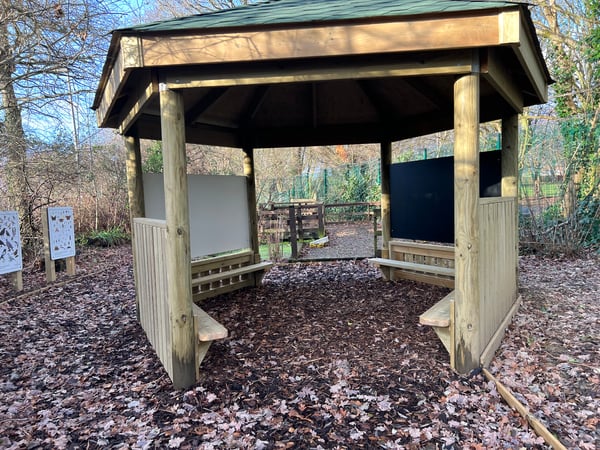
Inclusivity and Accessibility
Nature-based playgrounds can be designed to be inclusive and accessible to children of all abilities. Features like sensory gardens, accessible planters, and wheelchair-friendly pathways can be incorporated to ensure that every child can enjoy and benefit from being outdoors.

Plan and Design with Nature in Mind
Start by assessing the available space and identifying areas that can be transformed into nature-rich zones within the playground. Design specific areas within the playground to serve as wildlife habitats. You can have birdhouses, nesting boxes, butterfly gardens, and rock piles for insects. Include a water feature like a small pond or birdbath to attract birds and provide a water source for various creatures.
Install Bird and Minibeast Identification Panels
Place identification panels near key points of interest such as birdhouses, bird feeders, and insect-friendly plants. These panels will enable children to identify the minibeasts and birds they can see.

Promote Biodiversity with Plant Diversity
Plant a variety of flowering plants, including those that attract pollinators like butterflies and bees. Create different habitats within the playground, such as a meadow, woodland area, or wildflower garden, to support a diverse range of species.
Provide Observation Areas
Designate areas where students can sit and observe the natural world. Install benches, log seating, or even tree stumps to create cozy observation spots.
These areas should be strategically located near bird feeders, butterfly gardens, and other points of interest.
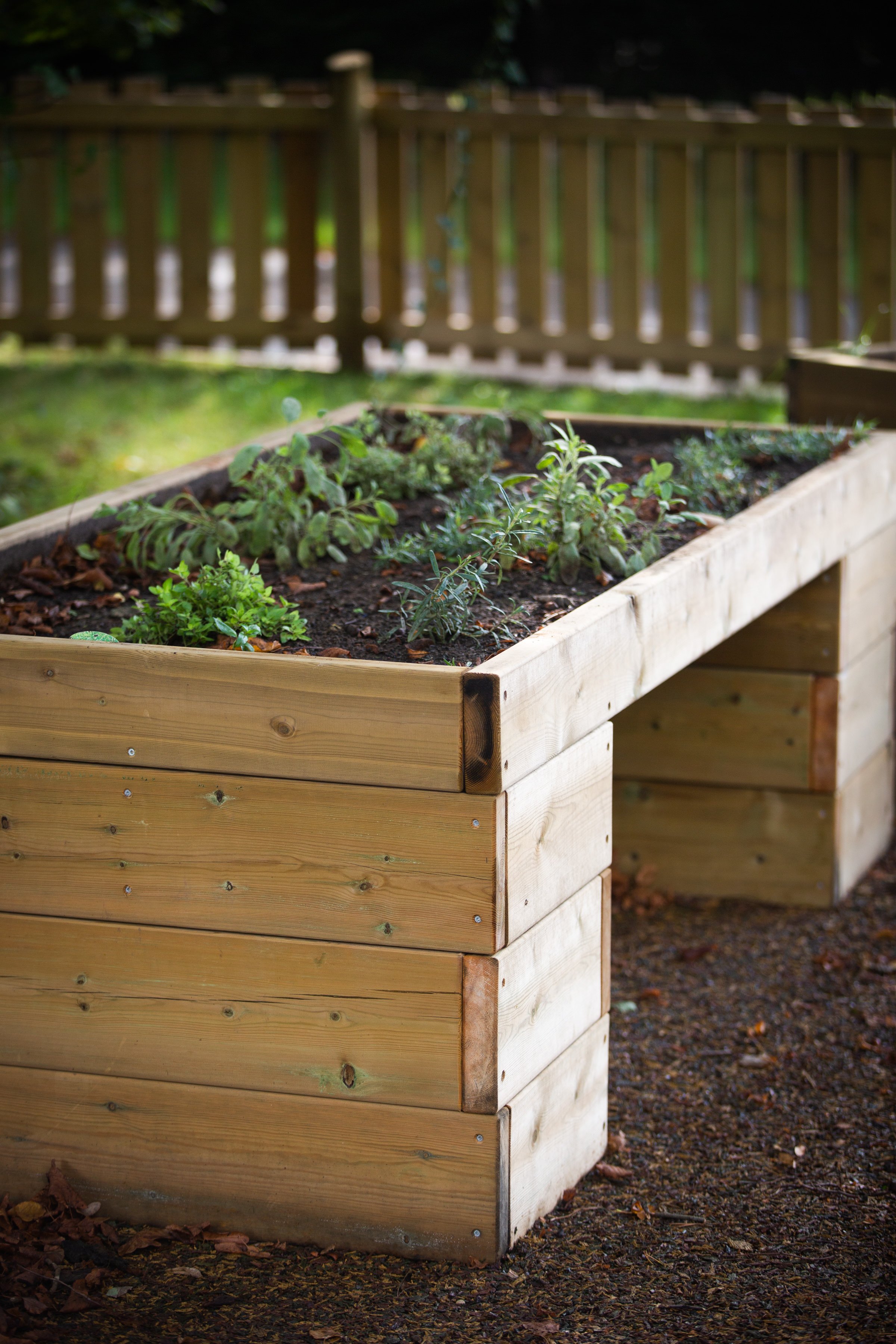
In Conclusion
Incorporating nature into school playgrounds is a forward-thinking investment that offers a multitude of benefits for children's physical, mental, and emotional development. You can create an enriching environment that not only enhances the educational experience but also instills a lifelong appreciation for nature. It's a beautiful way to connect children with the natural world while promoting ecological awareness and responsibility.
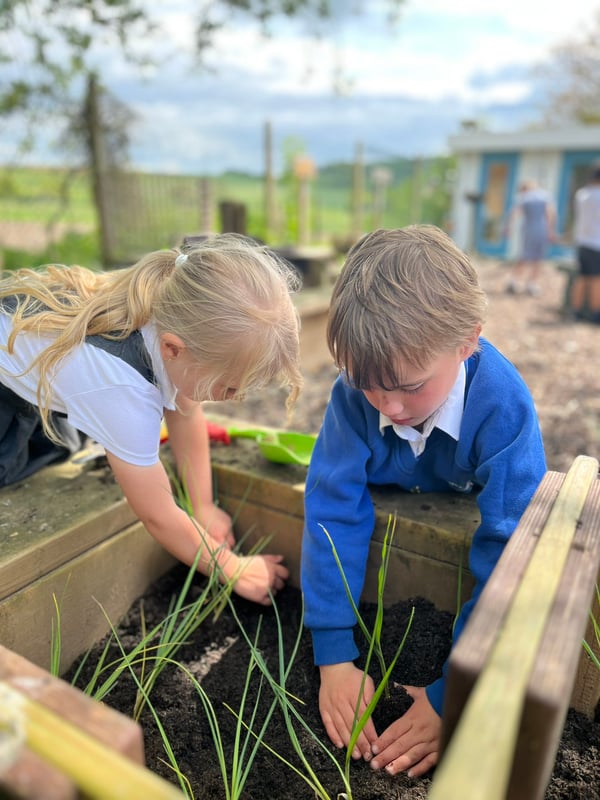 Are you looking to incorporate more nature into your playground? Explore our 2023 brochure or book a preliminary chat with us.
Are you looking to incorporate more nature into your playground? Explore our 2023 brochure or book a preliminary chat with us.
Originally published Oct 18, 2023 12:32:44 PM , updated January 31, 2024



